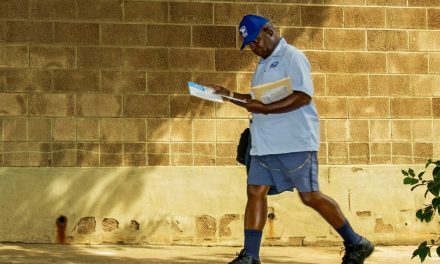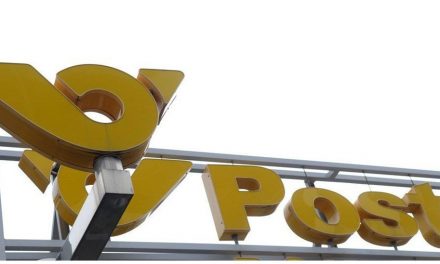
Using constraints to map the future
In the last couple of weeks I have been working with a large FMCG company looking at Innovation – particularly around R&D and Products.
This focused me on looking at some of the creativity and innovation techniques I developed whilst putting together the Royal Mail Innovation Lab in the early noughties.
What struck me was the opportunity to use some of these techniques to think about the future of the delivery business in the UK. So over the next few weeks I will use some of the tools to develop possible future scenarios for delivery services in the UK.
Many of the techniques and tools were developed to get people out of ‘stuck’ thinking and help them position themselves in different futures – some linear and some non-linear. I will post a list of all the techniques on my personal blog (www.howardwright.com) for reference if people are interested.
The first technique I propose to sue is ‘false constraint’ – in this approach a constraint is applied which alters the way the service is delivered – an example would be that all mail is delivered next day or that mail is only delivered on Tuesdays. In this example the constraint is used to shape the service that is required to deliver it. Clearly the infrastructure that would be required to deliver every piece of mail the next day is very different from that which would be required to only deliver on Tuesdays. This is a useful way of taking people away from what is in place today and getting them to think about alternate futures.
So for the purposes of this short exercise the ‘constraint’ is that mail is only delivered on Tuesdays. To deliver this service there are some assumptions that need to be identified – volume of mail, availability and flexibility of staff, urgency of mail, availability of alternate communication channels – but for the purposes of this post lets assume that mail volumes have fallen to 50% of what they are today, unemployment is high so that staff are available as required, urgent communications are delivered electronically, and every household in the UK is connected via broadband (you can introduce any assumptions you like in here).
To deliver this service the number of delivery offices would reduce significantly and mobile delivery offices would be introduced – implemented in the back of 40’ trailers which would provide ‘localised’ facilities on Monday evenings only – where this was not economic, public halls and other available space would be used to undertake the final sortation and provide a focal point for delivery staff.
Staff would be recruited on a part time basis and would work a two-shift system from 10pm Monday evening to 4pm on Tuesday when all the mail would be delivered. Any mail not delivered in this timeframe would be ‘mopped’ up by a rapid response team on motor scooters or similar transport. The staff would have a renewable retainer contract and be guaranteed work on a six monthly basis. As employment patterns would have changed the concept of a ‘portfolio’ career will probably be the norm with people having multiple jobs – although it is probable that high unemployment rates would make this approach attractive for some.
For the purposes of this post I don’t intend to go much deeper into the ‘scenario’ but I hope from the above you can see the benefit of the ‘false constrain’ approach to thinking about the future.
If you want further information or are interested in using this approach please get in touch.












